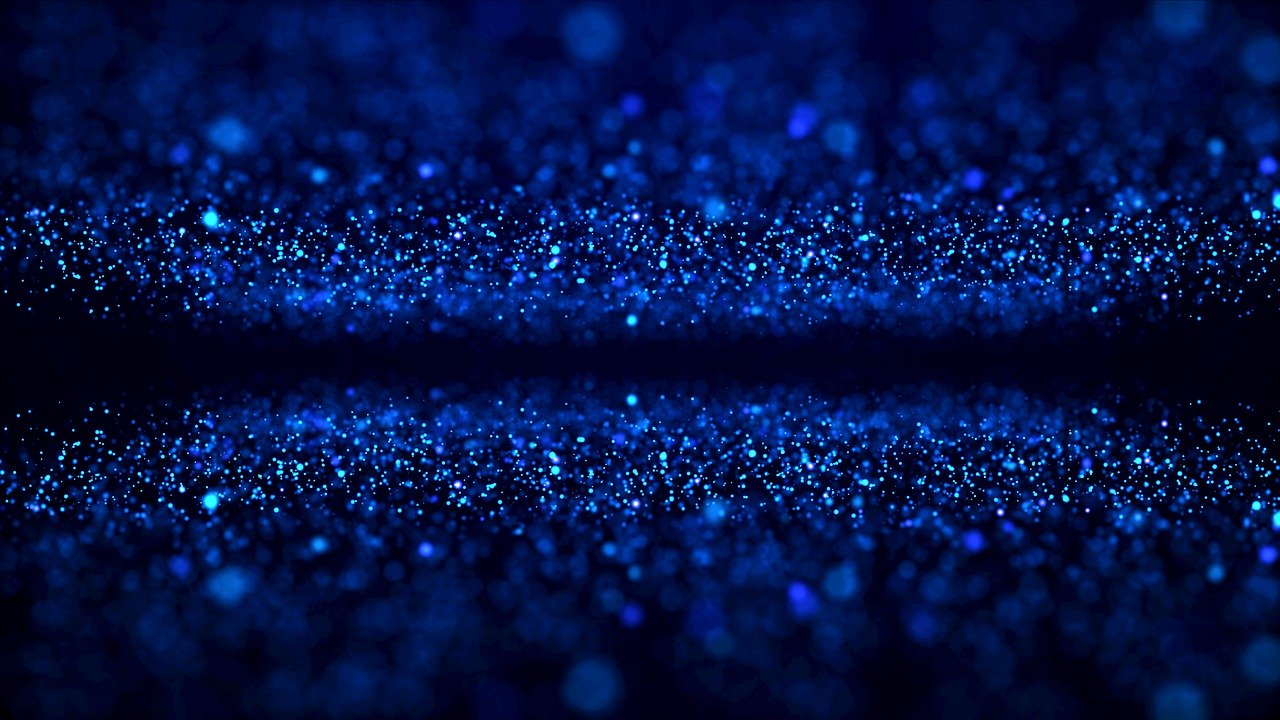A new research by Stanford scientist demonstrate a new approach to slow down light so that photons have more chances to interact with other materials, opening a door for new applications such as LiDAR, LiFi and AR/VR. The research paper was published in Nature Nanotechnology on August 17, 2020.
To slow down light, the Stanford researchers structured ultrathin silicon chips into nanoscale bars to resonantly trap light and then release or redirect it later. The approach is like creating an echo chamber to hold onto sound and direct it. These "high-quality-factor" or "high-Q" resonators could lead to novel ways of manipulating and using light.
According to the Stanford team, by controlling light, applications such as quantum computing, AR/VR, LiFi, LiDAR and even the detection of viruses like SARS-CoV-2 can be improved.
"We're essentially trying to trap light in a tiny box that still allows the light to come and go from many different directions," said postdoctoral fellow Mark Lawrence, the lead author of the research paper. "It's easy to trap light in a box with many sides, but not so easy if the sides are transparent - as is the case with many Silicon-based applications."

(Image: Pixabay)
The team built the resonators with an extremely thin layer of silicon, which traps light very efficiently and has low absorption in the near-infrared, the spectrum of light the scientists want to control. The silicon rests atop a wafer of transparent material (sapphire, in this case) into which the researchers direct an electron microscope "pen" to etch their nanoantenna pattern. The pattern must be drawn as smoothly as possible, as these antennas serve as the walls in the echo-chamber analogy, and imperfections inhibit the light-trapping ability.
The devices demonstrated so-called quality factors up to 2,500, which is two orders of magnitude (or 100 times) higher than any similar devices have previously achieved. Quality factors are a measure describing resonance behavior, which in this case is proportional to the lifetime of the light. "By achieving quality factors in the thousands, we're already in a nice sweet spot from some very exciting technological applications," said Jennifer Dionne, associate professor of materials science and engineering at Stanford.
With the result, the team is working on applying this technique to detecting COVID-19 antigens and antibodies. "Our technology would give an optical readout like the doctors and clinicians are used to seeing," said Dionne. "But we have the opportunity to detect a single virus or very low concentrations of a multitude of antibodies owing to the strong light-molecule interactions." The design of the high-Q nanoresonators also allows each antenna to operate independently to detect different types of antibodies simultaneously.












